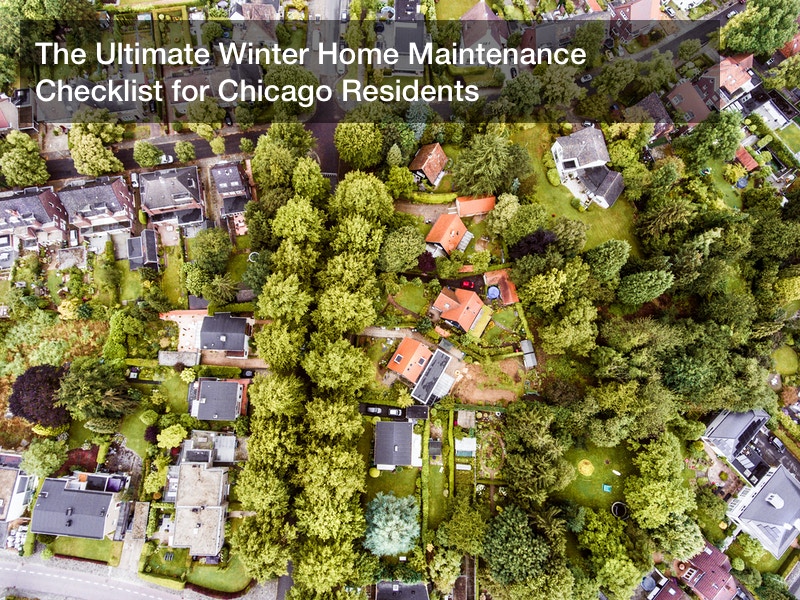The Ultimate Winter Home Maintenance Checklist for Chicago Residents
Winter in Chicago can be unpredictable, and that is putting it lightly. Occasionally, temperatures may climb in the winter months, luring residents and visitors alike into a false sense of security. Then, just as quickly, temperatures may plummet as low as negative 24 degrees Fahrenheit — a typical temperature in late January. Further, according to […]
